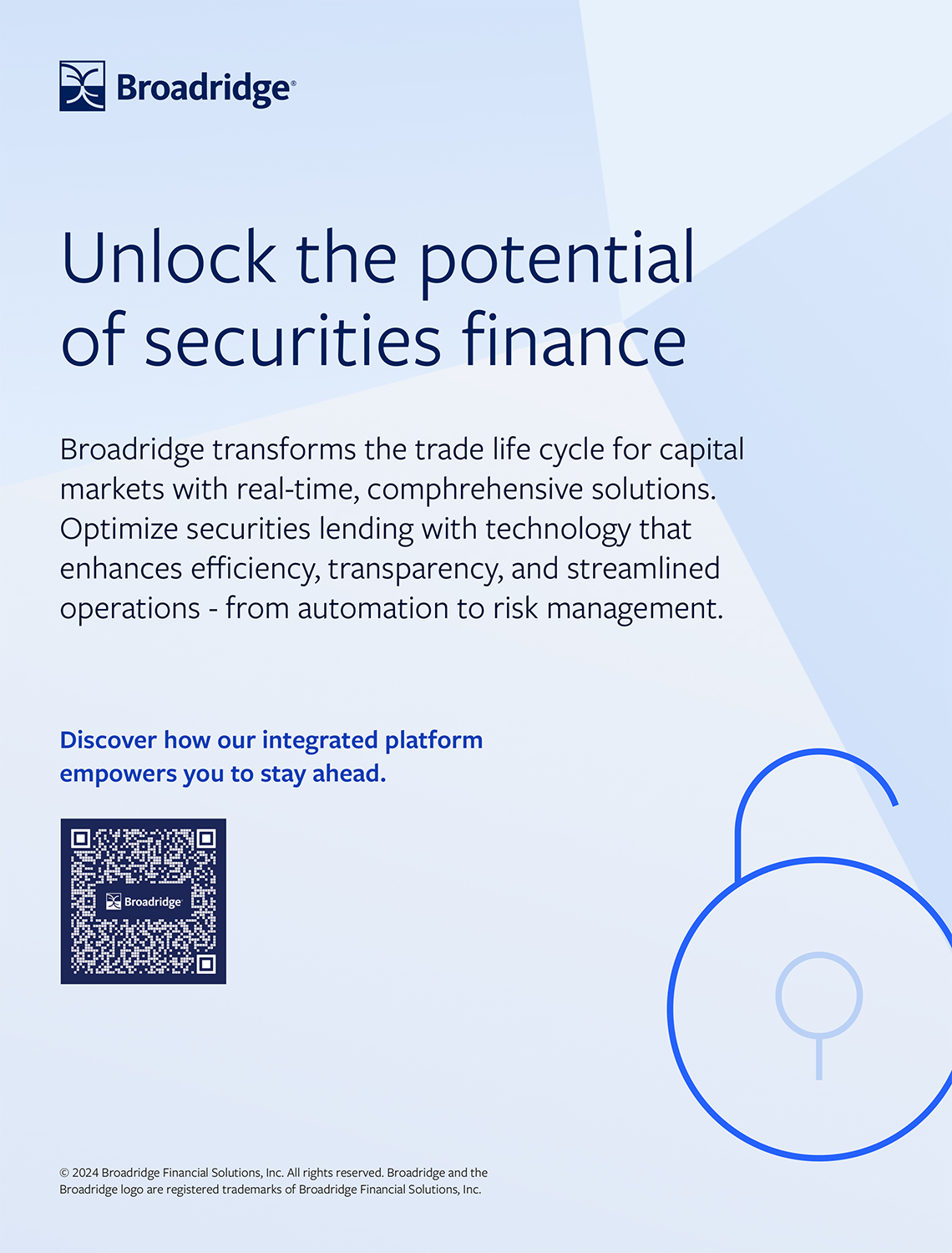Thomson Reuters launches StarMine
20 November 2012 New York
 Image: Shutterstock
Image: Shutterstock
Thomson Reuters has released a new model that assesses the activities of short sellers in US equity markets and could help to generate alpha.
The StarMine short interest model profitably ranks stocks based on the observation that stocks with a high number of shares shorted will underperform, while those with low short interest will outperform.
“The Thomson Reuters StarMine short interest model is the only such model that employs a short squeeze indicator, which ranks stocks based on their predicted likelihood of large upward spikes in the near future based on medium and long-term price volatility combined with the level of short interest,” said a statement from the firm.
The short interest model will also help investment managers generate more profitable investment ideas and mitigate risk.
Dr George Bonne, director of quantitative research at Thomson Reuters, said: “Thomson Reuters goes beyond the basic shares shorted divided by shares outstanding signal that many managers use. By taking into account the cost of borrowing, and really zeroing in on the shares shorted as a result of investors placing directional bets, we do significantly better than the basic signal.”
“What we do is more difficult because it requires merging together multiple pieces of disparate information and data—from short interest, deals, institutional holdings, and fundamentals—but that’s what is required to generate real alpha these days. The proof is in both the performance of live data and in back tests of historical data.”
The StarMine short interest model profitably ranks stocks based on the observation that stocks with a high number of shares shorted will underperform, while those with low short interest will outperform.
“The Thomson Reuters StarMine short interest model is the only such model that employs a short squeeze indicator, which ranks stocks based on their predicted likelihood of large upward spikes in the near future based on medium and long-term price volatility combined with the level of short interest,” said a statement from the firm.
The short interest model will also help investment managers generate more profitable investment ideas and mitigate risk.
Dr George Bonne, director of quantitative research at Thomson Reuters, said: “Thomson Reuters goes beyond the basic shares shorted divided by shares outstanding signal that many managers use. By taking into account the cost of borrowing, and really zeroing in on the shares shorted as a result of investors placing directional bets, we do significantly better than the basic signal.”
“What we do is more difficult because it requires merging together multiple pieces of disparate information and data—from short interest, deals, institutional holdings, and fundamentals—but that’s what is required to generate real alpha these days. The proof is in both the performance of live data and in back tests of historical data.”
NO FEE, NO RISK
100% ON RETURNS If you invest in only one securities finance news source this year, make sure it is your free subscription to Securities Finance Times
100% ON RETURNS If you invest in only one securities finance news source this year, make sure it is your free subscription to Securities Finance Times



